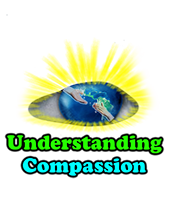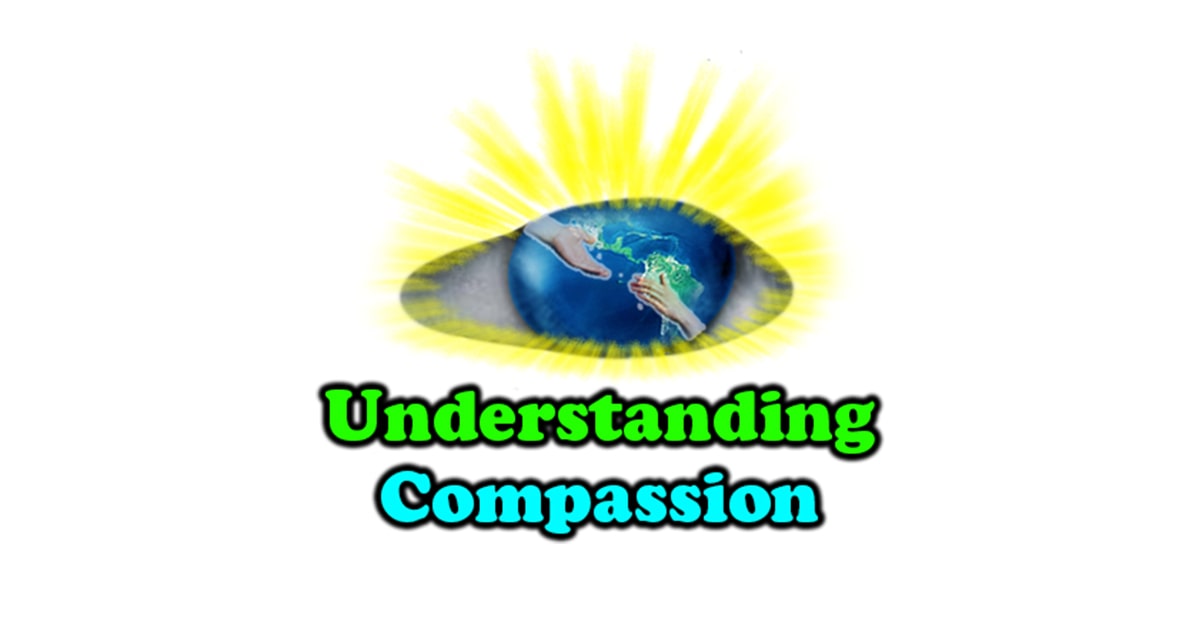Have you ever had someone in your life who you really loved but your conversations always ended up turning into arguments? It could be your partner, a friend, your brother, sister, mother or father. The two of you love each other, but when trying to discuss important matters, the love seems to be put to the side and the conversations turn into a battle of who’s right and who’s not. If you can relate, and most of us can, don’t worry because there’s hope and you’re not alone.
The reality is that many of us have have these types of relationships with the people closest and dearest to us, and it’s easy to understand why. Outside of the “be nice to and respect others” messages that we learned in elementary school, were you ever given a class that taught you the real deal way to successfully listen to and communicate feelings with others, that was based in proven psychology? Unless you are an avid reader or have a masters or a PhD in psychology, chances are most likely not.
Fortunately, there is a wonderful technique that really works for ending arguments and helping to bring people together in a space of love and compassion, and this article will teach you exactly how to practice it. Make sure you read it over and over again, as many times as it takes, until you are able to master this proven practice, as it will truly help you seed healthy relationships and have a satisfying life.
This incredibly effective technique originated in the field of psychology, and was used during conflict mediation between Israelis and Palestinians in the middle east. It is known as Non-Violent Communication (NVC). Using NVC can help any two people on Earth learn to communicate without arguing, and to come together in compassion.
Non-Violent Communication (NVC) is a compassionate listening and reflecting process in which individuals can express themselves and their needs in a gentle, non-critical and compassionate way. It focuses on three areas within communication: self-compassion; which is being able to embrace all parts of ourselves and to recognize the needs and values expressed by each part, empathy; defined as being able to understand and share the feelings of another, and honest self-expression; which is expressing oneself in both an authentic way and in one that inspires compassion in others. NVC allows a means through which individuals become able to hear and reflect back the needs of the other, thereby promoting an atmosphere of acceptance, gentleness and love.
In his book, Nonviolent Communication: A Language of Life, Dr. Marshall B. Rosenberg outlines the simple four steps to using nonviolent communication: observations, feelings, needs and requests. When using NVC, we strive to express honestly and receive empathically. The NVC process consists of the concrete actions we observe that affect our well-being, how we feel in relation to what we observe, the needs, values, desires, etc. that create our feelings, and the concrete actions we request in order to enrich our lives.

1. Observations
The first component of NVC is the observation; what one observes, sees, or hears, and can be communicated simply by saying, “When I (see, hear)…”
To make an observation, and to express what we observe, it is important to express something as clearly as possible, without having any evaluations or personal judgments tied to the observation. People are able to hear observations and feel unthreatened by them, but when observations are mixed with evaluations, people tend to hear it as criticism, and a natural response to criticism is being defensive and closing down emotionally (Gottman, 1999). It is also important to use “I” statements, rather than “you” statements when observing.
The following are two examples of an observation mixed with an evaluation and an observation free from evaluation:
Observation with evaluation: “Tom procrastinates.”
Observation without evaluation: “Tom only studies the night before a test.”
Observation with evaluation: “You never do what I want.”
Observation without evaluation: “The last three times I suggested an activity for us to do, you said that you didn’t want to do it.”
The key to making an observation without an evaluation is to be specific and clear about the action, while not generalizing the situation or giving a negative label to the other based on their action. People can hear observations, and to create a loving space of communication, expressing observations free from evaluations will help the other to understand what is being communicated.

2. Feelings
The second step of NVC is expressing how we are feeling by simply saying, “I feel… (emotion or sensation),” while expressing a real emotion rather than a thought or an opinion.
It first helps to become familiar with a variety of specific words that can accurately describe one’s feelings, as being able to use an accurate definition can help a person both express themselves and be understood. When one might usually say they are feeling “good,” a more accurate word for their emotion might be “excited,” “contented,” “overjoyed,” or “satisfied”.
Rosenberg (2003) explains the importance of separating feelings from non-feelings, as sometimes we use the word “feel” and then follow it with a thought or an opinion, rather than an actual emotion. An example would be;
Non-feelings (thought); “I feel I am a bad singer.”
Feelings; “I feel disappointed in my ability to sing.”
Disappointment is a feeling, whereas feeling that one is a bad singer, is a thought and an opinion. It is important when using NVC to discern between feelings and evaluations. When expressing feelings, the key is to say the feeling itself as clearly and accurately as possible, and having a large vocabulary of feelings makes this easier.

3. Needs
Step three of NVC is identifying and expressing our needs, while connecting them to our feelings, for example, “When I see(observation)… I feel(feeling)… because I need/want/value (a specific action)…”
Rosenberg clearly explains that needs are at the root of feelings, and while the actions and behavior of others may be the stimulus, they are never the cause of our feelings (Rosenberg, 2003). How one feels is caused by how each individual chooses to receive the information from others, and is caused by a person’s own needs and expectations in that moment. By understanding these concepts, each NVC practitioner is able to take responsibility as the creator of their own feelings.
An example of using Non-Violent Communication to communicate a need that is beneath a feeling would be; “When I finish working each day and notice no new messages from you on my phone, I feel hurt, because I want to know that you’re thinking about me.”
An example of not using Non-Violent Communication to communicate, but rather to use fault and blame would be, “You’re the most self-centered person I’ve ever met.”
Using NVC as a way to hear the other’s need in this situation would be, “When I hear you say that I am the most self-centered person you’ve ever met, I feel hurt, because I need some recognition of my efforts to be considerate of your preferences.”
When understanding how to communicate your need, sit for a moment and reflect on what it really is that you want to receive from the other person; what is the underlying need beneath your feeling. Then be as specific, clear, and non-critical as possible.

4. Requests
The fourth component of NVC is making a request, for example, “Would you be willing to…(request for specific action)?”
The request is a gentle and non-critical way of proposing what we would like from the other person that would enrich our life. When a need is unmet in a relationship, we follow the observation, feeling and need previously expressed with a request for a concrete action that would help to fulfill that need.
Rosenberg recommends using positive requests, or asking for what we want, rather than using negative requests, or asking for what we do not want. Often times people are vague and unclear about what deep, underlying need they are really asking for when communicating. Using clear, concrete, and positive action language is the best way to reveal what is truly being asked for. Negative requests that ask a partner to not do something, can leave the partner unsure about what exactly the other person wants from them, and unsure of what specific need the other person has. The more clearly a request can be made, the more likely that it will be able to be fulfilled (Rosenberg, 2003).
An example of using NVC with a request is; “When I see you come home from work and first go to the sofa and watch TV(observation), I feel hurt and lonely(feeling), because I need to know that you love me and are happy to see me after we’ve been apart all day(need). Would you be willing to greet me with a hug or a kiss when you first come home?(request)”
This full expression of Non-violent Communication gently, clearly and non-critically expresses action observed, the person’s feelings resulting from the action, the need underneath those feelings, and a direct request that would make the person feel better and fulfilled. And the key to this wonderful technique is that; people can stay open and listen to what you are saying when you communicate it this way!!!
Thousands of NVC practitioners have expressed how effective and positively life changing this form of communication has been for them in their relationships. The incredibly effective method of Non-Violent Communication helps us to connect empathically with self and others to have more satisfying relationships.
If there is someone important to you in your life that you want to heal your relationship with and be able to speak with, without arguing or fighting, then commit to practicing this powerfully effective method together, and for best results, pickup a copy of the Non-Violent Communication book. It’s one of the best investments in terms of relationships that you’ll ever make.
Have you been able to use NVC successfully in any of your close relationships?
Let us know in the comments.
You are Loved.
See Also: 8 Ways You Can Heal And Strengthen Relationships With Family Members


















